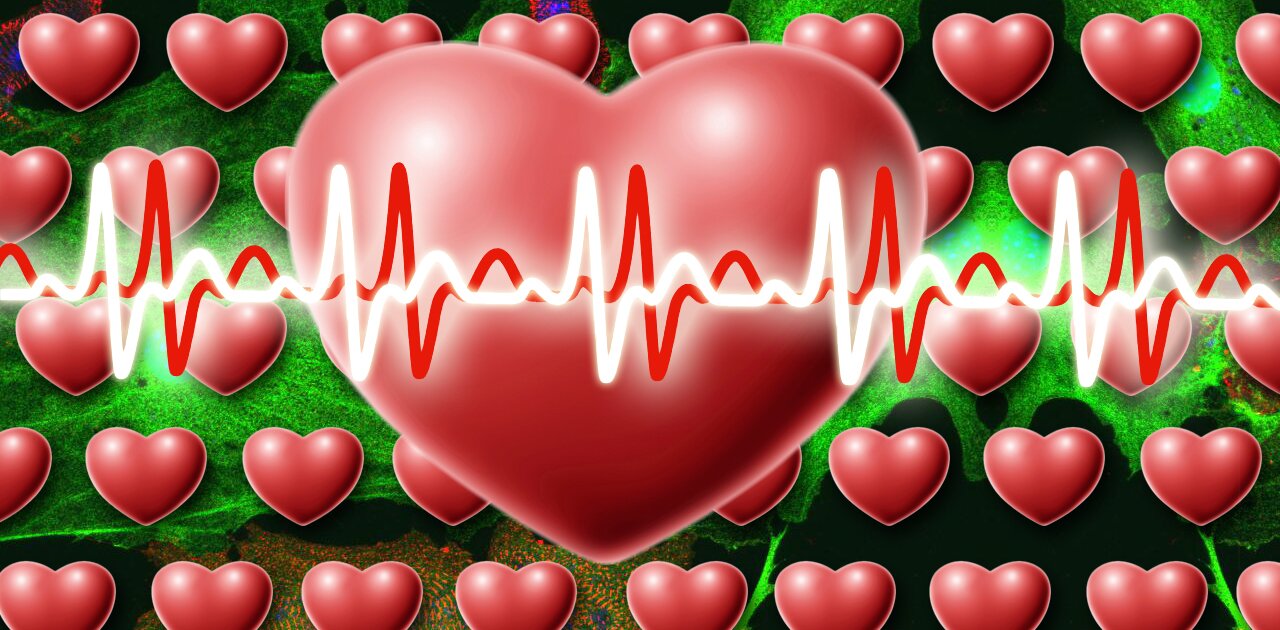A new study carried out by researchers of the CARE-MI project show that these cells are responsible for repairing and regenerating muscle tissue damaged by a heart attack. The results have been published in the journal Cell.
Heart failure
Treating ischaemic heart disease through angioplasty or stenting is a stop-gap perfusion-recovery measure. Damaged tissue is not regenerated and the initial recovery may be followed by cardiac remodelling and chronic heart failure.
Damaged tissue
As chronic heart failure after angioplasty and stents is responsible for an annual mortality rate of 18%, there is a need to regenerate the damaged tissue after this procedure. Recent evidence indicates that the heart muscle contains pluripotent cells that act like endogenous cardiac stem cells, which are capable of anatomical and functional regeneration.
Testing therapies
The EU-funded 'Cardio repair European multidisciplinary initiative' (CARE-MI) project is currently working on the clinical development and testing of ischaemic heart disease therapies that activate endogenous cardiac stem cells.
Crucial challenge
Prof. Antonio Bernad Miana is Scientific Coordinator of CARE-MI. “Myocardial infarctions, commonly known as heart attacks, are a leading cause of death in many countries. The heart muscle is damaged after a heart attack. This puts the patient at risk of life-threatening heart rhythm abnormalities. Treating the injured heart is a crucial challenge for modern medicine.”
Widely available
Prof. Antonio Bernad explains on the project page of CARE-MI on www.HorizonHealth.eu: “We aim to develop a new therapy for people who have suffered a heart attack. The treatment is based on the activation of stem cells that are located in the patient’s heart muscle. Our new therapy will be affordable, widely available and easy to apply.”
Find more information on cardiovascular and stem cell research on www.HorizonHealth.eu.



Comments
I looked around the net for
I looked around the net for further information but the information you provided us is very different from all others.this tool works great my friend found a job in 1 week http://www.swtor4u.com/
free dota 2 steam codes
<a href="http://free-steamwalletcodes.com/">free steam wallet codes</a> nice click here.
Its pleasure to read the role
Its pleasure to read the role of education for humanity. Education is not only a way of earning the money but it is also serving the humanity by teaching the true sense and best way to live life. For writing educational papers, its easy to visit http://www.superiorepapers.com/ website.
Add new comment